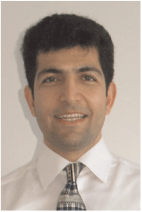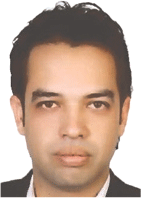Improved imaging of the Strzelecki Formation by the reprocessing of 3D seismic reflection data: onshore Gippsland Basin, Australia
Hadi Nourollah A and Javad Aliemrani A3D-GEO Pty Ltd.
The APPEA Journal 55(2) 465-465 https://doi.org/10.1071/AJ14100
Published: 2015
Abstract
The Wombat 3D seismic survey was recorded by Lakes Oil in 2008 following the drilling of the Wombat–3 well. The survey was aimed at identifying the structures better inside the Strzelecki Formation and the underlying Rintoul Creek Sandstone, and to give a better understanding of the provenance of the gas encountered in the first three Wombat wells and the oil encountered at depth in the Wombat–3 well.
Seismic acquisition design and processing in this area are challenged by the presence of coal measures in the Latrobe Group, which overlies the zone of interest, absorbs most of the incident seismic energy and complicates seismic imaging through the generation of multiple reflection events.
A novel approach, described as multi-line decomposition, modelling and synthesis, was developed to model critical imaging parameters and in particular the velocity model for midpoint stacking and migration. This approach is demonstrated through the reprocessing of the Wombat 3D seismic survey and is compared with a conventional 3D processing approach and original survey processing examples.
The reprocessed seismic section provides a significantly improved image of the deeper structures, delineating a number of continuous reflectors in the Early Cretaceous formations. It also provides the opportunity to build a more accurate model of the basement.

Hadi Nourollah has 12 years’ industry experience as a geophysicist. An Imperial College London graduate and PhD scholar at Curtin University, he provides specialist interpretation and quantitative interpretation geophysics support based on his extensive Middle-eastern experience with carbonate sequences and complex detached thrust structures in Iran, extensional horst and graben systems in Tunisia and the North Sea, and structural/stratigraphic complexities of New Zealand and the Great Artesian Basin and PNG. |

Javad Aliemrami has a master’s degree in mining engineering and more than seven years of geophysics experience, including six of those years as a seismic processor. He has extensive experience with Promax and GMG’s Millennium processing software in both complex onshore and offshore data areas. He had significant experience in advanced seismic processing, field operations, supervising 2D and 3D onshore and offshore seismic acquisition and onsite processing. |


